What Happens When You Break a Bone


What Causes Bones to Break?
From the crunch of a sports injury to an accidental fall, people break bones in all kinds of ways -- usually from some sort of impact. Bones are strong and even have some give to them, but they have their limits, too. They can even bleed after a serious break. Diseases like cancer and osteoporosis can also lead to breaks because they make your bones weaker and more fragile.
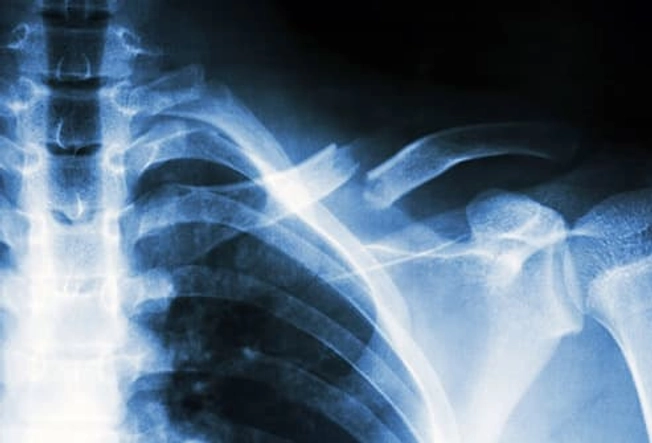
What Kind of Break?
Doctors talk about broken bones, also called fractures, with a few basic terms:
- Open or closed? Closed, or simple, fractures don’t break through the skin. Open, or compound, ones do.
- Partial or complete? Partial breaks don’t go all the way through the bone. Complete breaks mean the bone is in two or more pieces.
- Displaced or non-displaced? If the broken pieces still line up, it’s a non-displaced break. If they don’t, it’s displaced.
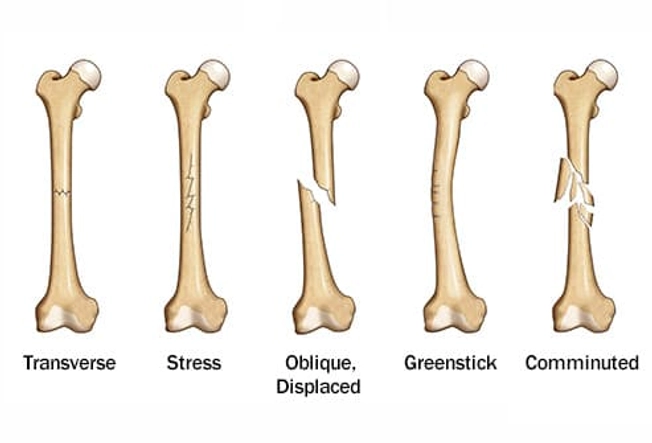
Types of Fractures
Common types of breaks include:
- Transverse: breaks straight across the bone
- Stress fracture: a very thin crack, also called a hairline fracture
- Oblique: breaks at an angle
- Greenstick: breaks on one side, but bends on the other--like a fresh stick from a tree
- Comminuted: bone breaks into three or more pieces
Other types include compression fractures, which often happen in the spine, spiral fractures, and avulsion fractures, when a tendon or ligament pulls off a piece of bone.

What It Feels Like: Pain
Sometimes, kids get small fractures and don’t even know it. Other times, your body may be in shock so you don’t feel anything at all--at first. But usually a broken bone means a deep, intense ache. And depending on the break, you may feel sharp pain, too.
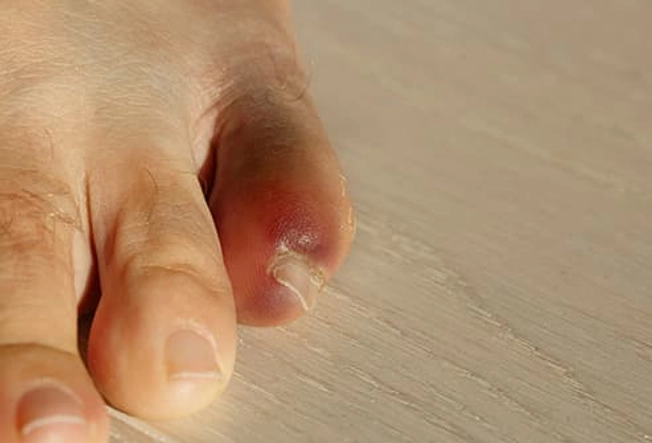
What It Feels Like: Other Symptoms
Aside from pain, your body sets off all kinds of alarms to tell you something’s really wrong. You might feel chilly, dizzy, or woozy. You might even pass out. Around the break itself, you might notice:
- Bruising
- Stiffness
- Swelling
- Warmth
- Weakness
You may also have trouble using that body part or see that the bone doesn’t look right -- like it’s bent at an odd angle.
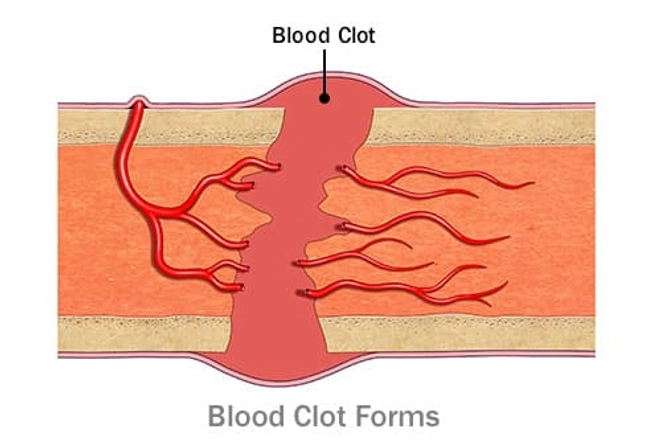
Bone Repair: Step 1
Bone repair begins within just a few hours of the injury. You get a healthy swelling around the break as a blood clot starts to form. Your immune system sends in cells that act like trash collectors -- they get rid of small bone pieces and kill any germs. Also, you grow blood vessels into the area to help the healing process. This step may last a week or two.
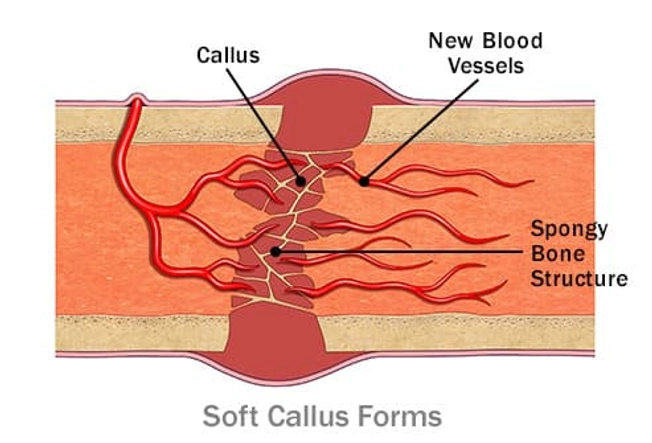
Bone Repair: Step 2
Over the next 4-21 days, you get a soft callus around the broken bone. This is when a substance called collagen moves in and slowly replaces the blood clot. The callus is stiffer than a clot, but not as strong as bone. That’s part of the reason you get a cast -- it holds the healing bone in place. If it moved, the soft callus could break and set back your recovery.
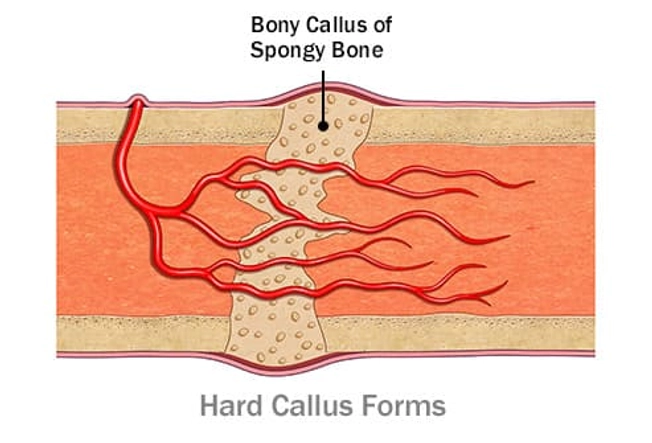
Bone Repair: Step 3
About 2 weeks after the break, cells called osteoblasts move in and get to work. They form new bone, adding minerals to the mix to make the bone hard and strong as it bridges the broken pieces. This stage is called the hard callus. It usually ends 6-12 weeks after the break.
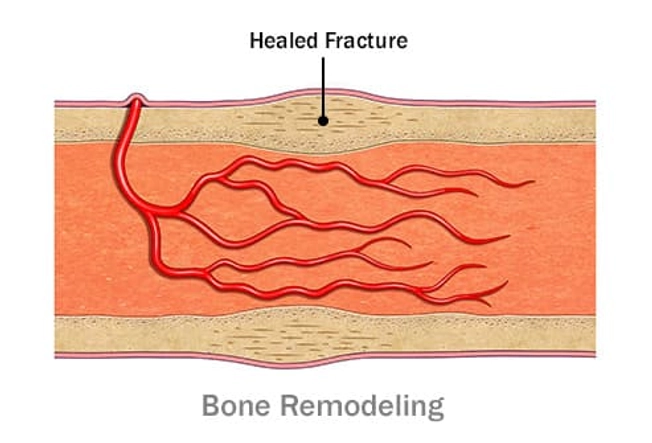
Bone Repair: Step 4
Now you’re in the homestretch: bone remodeling. Here, cells called osteoclasts do some fine-tuning. They break down any extra bone that formed during healing so your bones get back to their regular shape. When you reach this stage, returning to your normal activities actually helps you heal. This step may continue long after you feel better, sometimes lasting up to 9 years.
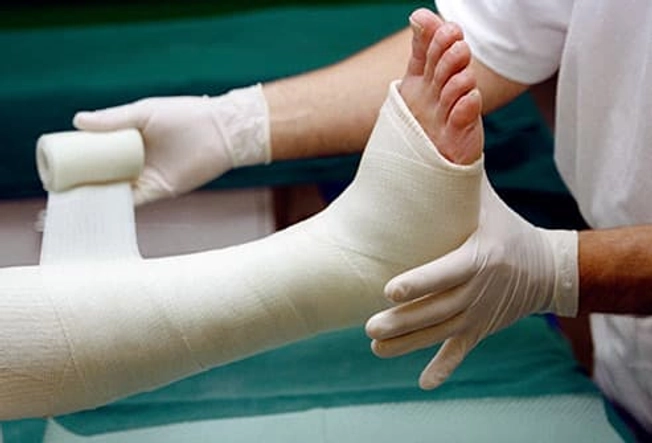
Treatment for Basic Breaks
Treatment for any break comes down to three basic steps:
- Get the bone lined up in the right place.
- Keep it from moving until it’s healed.
- Manage the pain.
For a basic break, your doctor may have to set the bone back in place. Then, you’ll probably get a splint, brace, or cast to support your bone and keep you from moving it. Your doctor may also give you medicine for the pain.
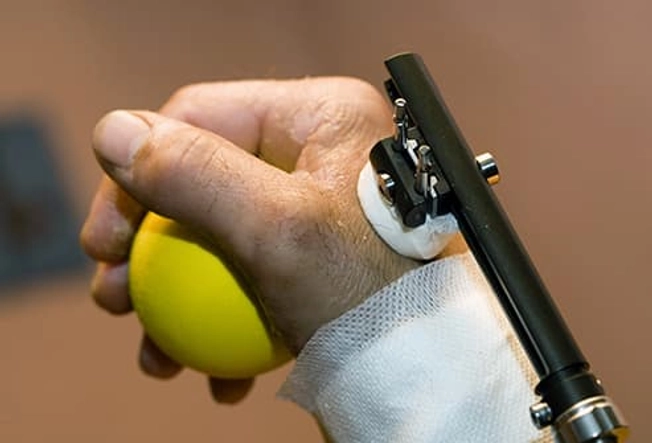
Treatment for Complex Breaks
For more severe breaks, you may need surgery. Doctors might put in screws, pins, rods, or plates to hold bones in place so they can heal correctly. Those parts may stay in place after you’ve healed, or in some cases, your doctor will take them out.
In rare cases, you may need traction, a system of pulleys and weights around your hospital bed that hold your bones in the right position.
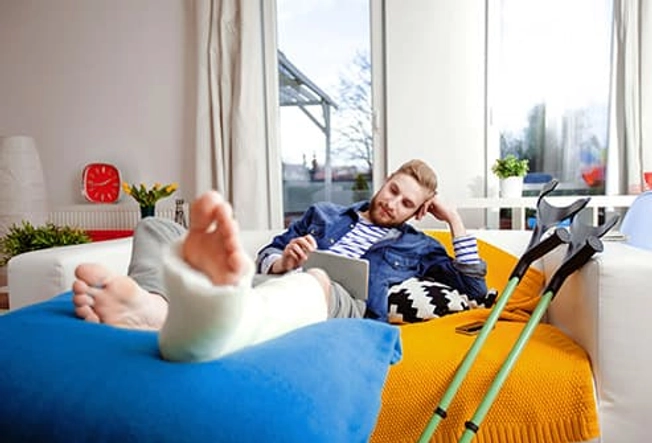
Recovery: Weeks 1-2
An average recovery takes 6-8 weeks but can vary based on the bone, type of break, your age, and your overall health. During the first couple of weeks, you’ll need patience and good old-fashioned self-care. This is where you set the stage for healing. Follow your doctor’s instructions closely and:
- Don’t smoke.
- Do any exercises your doctor recommends.
- Eat a healthy diet.
- Rest the broken bone as much as possible.
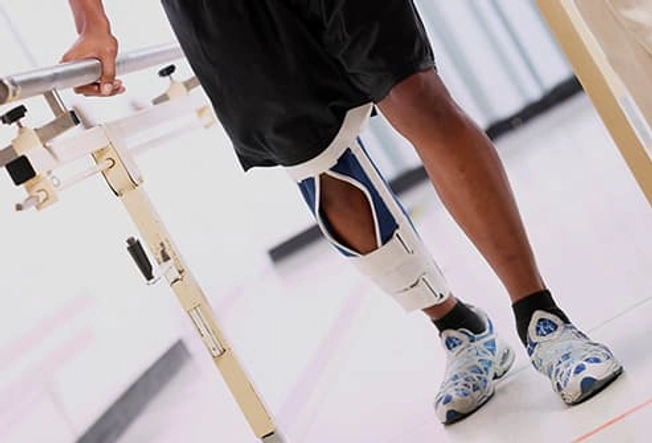
Recovery: Weeks 3-5
Your cast is critical for healing, but after just a few weeks without movement, your muscles start to get weak and stiff. This is often the time when you start some very basic exercises or early physical therapy. It helps ease stiffness, build muscle, and break down scar tissue. You also get your head around moving this part of your body that’s been in pain for a while.
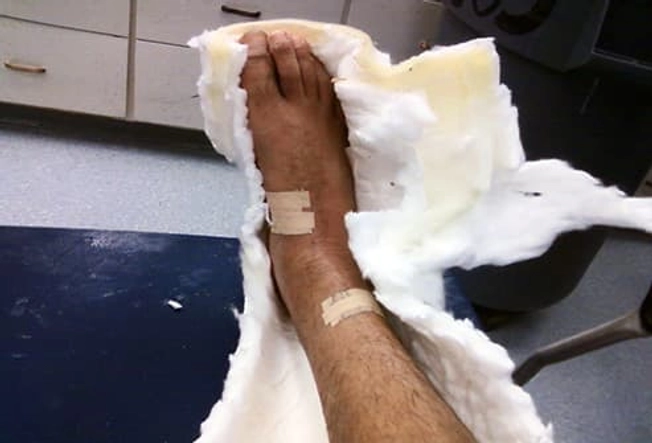
Recovery: Weeks 6-8
This is often when the cast comes off. Your skin and hair have been in the dark under there and your muscles will be weak, so you may notice:
- Body hair that’s darker than usual
- Skin that’s pale or flaky
- The body part you broke looks smaller -- it has less muscle
You’ll get back to normal with time, and you may need more physical therapy. As you start your regular activities, check with your doctor to see if you have any limits on what you can do.

When to Call Your Doctor
As you heal, keep any eye out for signs of any problems. Call your doctor if you notice problems like:
- Bluish color to your skin
- Can’t move your fingers or toes
- Pain doesn’t get better
- Problems with your cast, like it cracks or feels too tight or too loose
- Signs of infection, such as redness, swelling, or discharge that smells bad
- Tingling, numbness, pins and needles, or other odd feelings